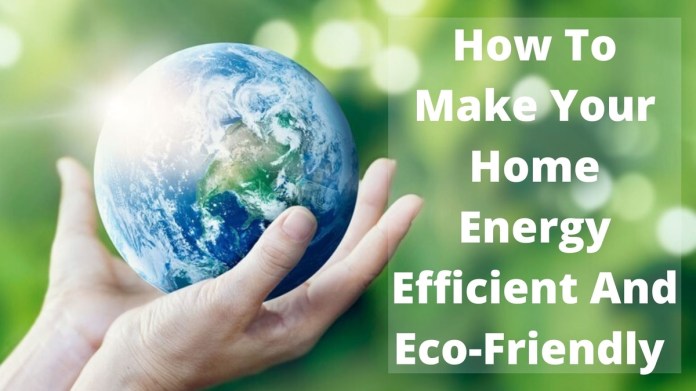As we all know, going green will pave the way for a new approach towards sustainable living. While the country has seen the growth of a number of eco-friendly buildings, there’s still a long way to go. And thankfully, the trend is now catching on with private homes. So, we recently caught up with architect and urban planner, Nilanjan Bhowal, on how can we have energy efficient and green homes by following simple steps.
Nilanjan, with his passion for design, started his firm Design Consortium, which has been working for a greener and better way of architecture for more than two decades now! With a background in energy efficiency and architecture, Nilanjan’s vision is to create spaces that are exhilarating to experience while being functional and eco-friendly at the same time.
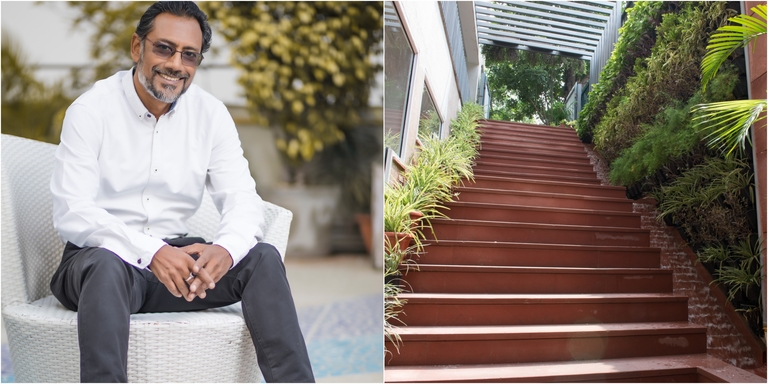
Nilanjan, who believes Going Green and building Zero energy buildings is the way forward. He is working towards it by initiating projects like Green One, which is the first individual residence in India which has achieved a 5-star SVAGRIHA rating from TERI; and The Nest in Gurgaon, which is also the first to receive IGBC Green Homes Platinum Certification.
Hi Nilanjan.First of all, could you tell us what are the simple ways in which people in metro cities can make their homes green and eco-friendly at minimal cost?
Nowadays people emphasise on healthy and quality living, thus have started understanding the need to create a green home. Following are the ways by which people in metro cities can make their homes green/eco-friendly at minimal cost:
- All lights should be replaced with LEDs and replacing all electrical appliances with 5 star rated appliances. In fact, also emphasise on Natural Lighting. One should open blinds, drapes and shutters to let solar energy warm and brighten the home naturally.
- White heat reflective tiles are a good option, to reduce heat gain on the roof and use double glazing for reducing heat gain through windows.
- Planting of spider plants in the room. Spider plants are known for air purification and they will help to purify the air especially in the bathroom.
- Use of sustainable flooring materials – locally acquired Indian stones.
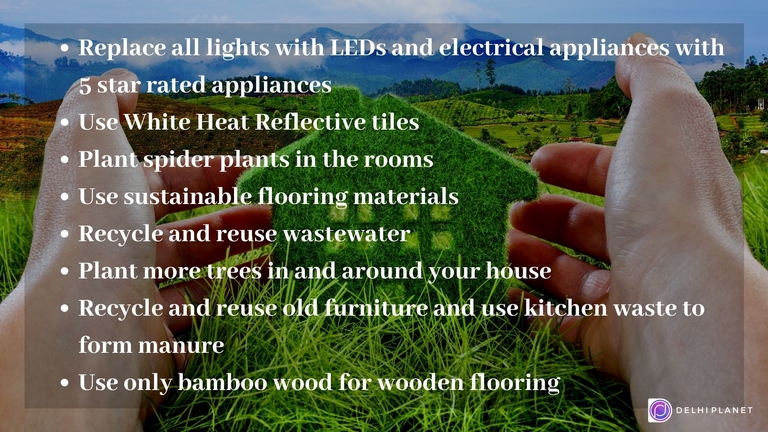
- Recycle and re-use wastewater with recharge pits and harvest rainwater
- Plant more trees. Roofs and terraces can have vertical gardens
- Recycle and reuse old furniture. Recycle kitchen waste to form manure and sewage waste can be recycled through DEWAT sewage treatment system
- Wherever wooden flooring is required, use only bamboo-wood.
Great. That sounds very practical. And what are the best waste management techniques we can use in urban homes?
Urban India faces an enormous challenge in managing its gigantic load of solid waste. Reducing and properly managing the home waste and garbage output is really important for the health and hygiene of every individual. The best waste management techniques would include the following:
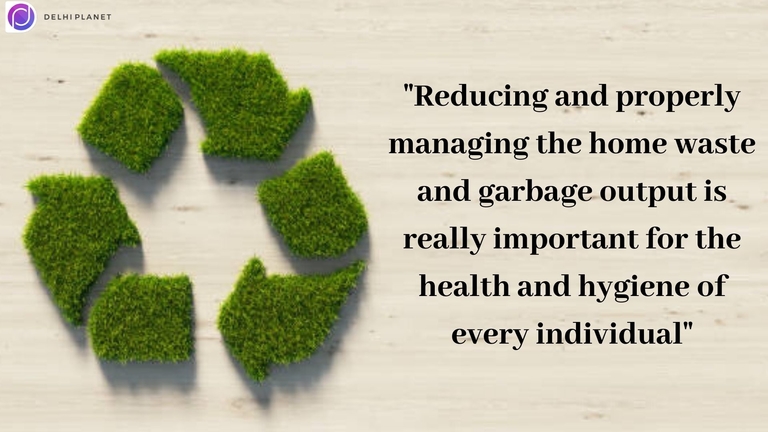
- Resource recovery from waste- Composting is the decomposition of plant remains and other once-living materials to make a useful substance that enriches the soil. It is a process of recycling kitchen and garden wastes to reduce the volume of garbage needlessly sent to landfills for disposal.
- Waste segregation and disposal- plastic, paper, metal, using different coloured /labelled bins (organic and recyclable waste)
- Reduce waste used during construction– Emphasis should be given to minimise packaging and recovery of resources from demolition for reuse in construction.
- Wastewater from bathrooms and kitchen are collected in a separate waste management tank– DEWAT is a system of wastewater treatment which can be used
How can people living in apartments and flats in urban cities harvest rainwater?
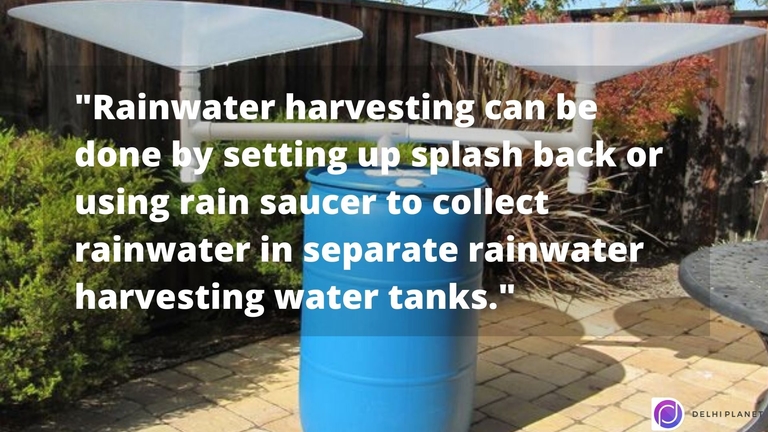
Rainwater harvesting is an ancient technique which was used by ancestors to feed their cattle and also was used for irrigation purposes. Nowadays rainwater harvesting methods in apartments have been in great demand. Rainwater harvesting can be done in apartments by setting up splashback or using rain saucer to collect rainwater in a separate rainwater harvesting water tanks.
Can you tell us a bit about solar panels and how to use them to save energy?
Energy Efficiency is one of the most important factors in all green building. People can make their homes’ energy efficient by keeping the following points in mind:
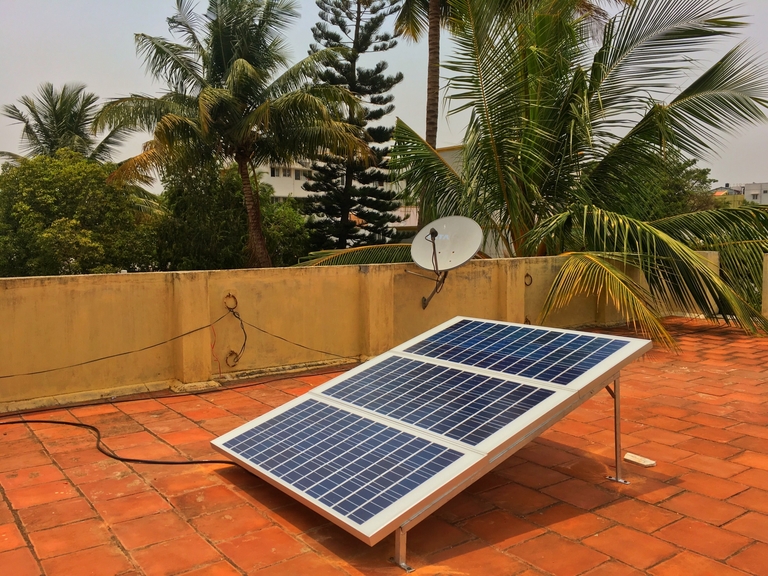
- Windows should be placed mostly on the Northside so that maximum light and minimum glare is received from the sun. If not possible, then one can place it in the east and west directions by making the balcony projections in such a way that it shades the window and allows diffused lighting.
- All lights can be replaced with LEDs and replacing all electrical appliances with 5-star rating appliances.
- Setting up Solar panels help to reduce electricity costs because it helps you to be able to produce your own electricity and can be cost-effective in the long run. Panels should face the South to an inclination of 15 degrees.
- Proper Insulation of walls & roofs also plays a very important role in improving the energy efficiency of a home.
We hope these tips are super useful for you to convert your home into a green one!

